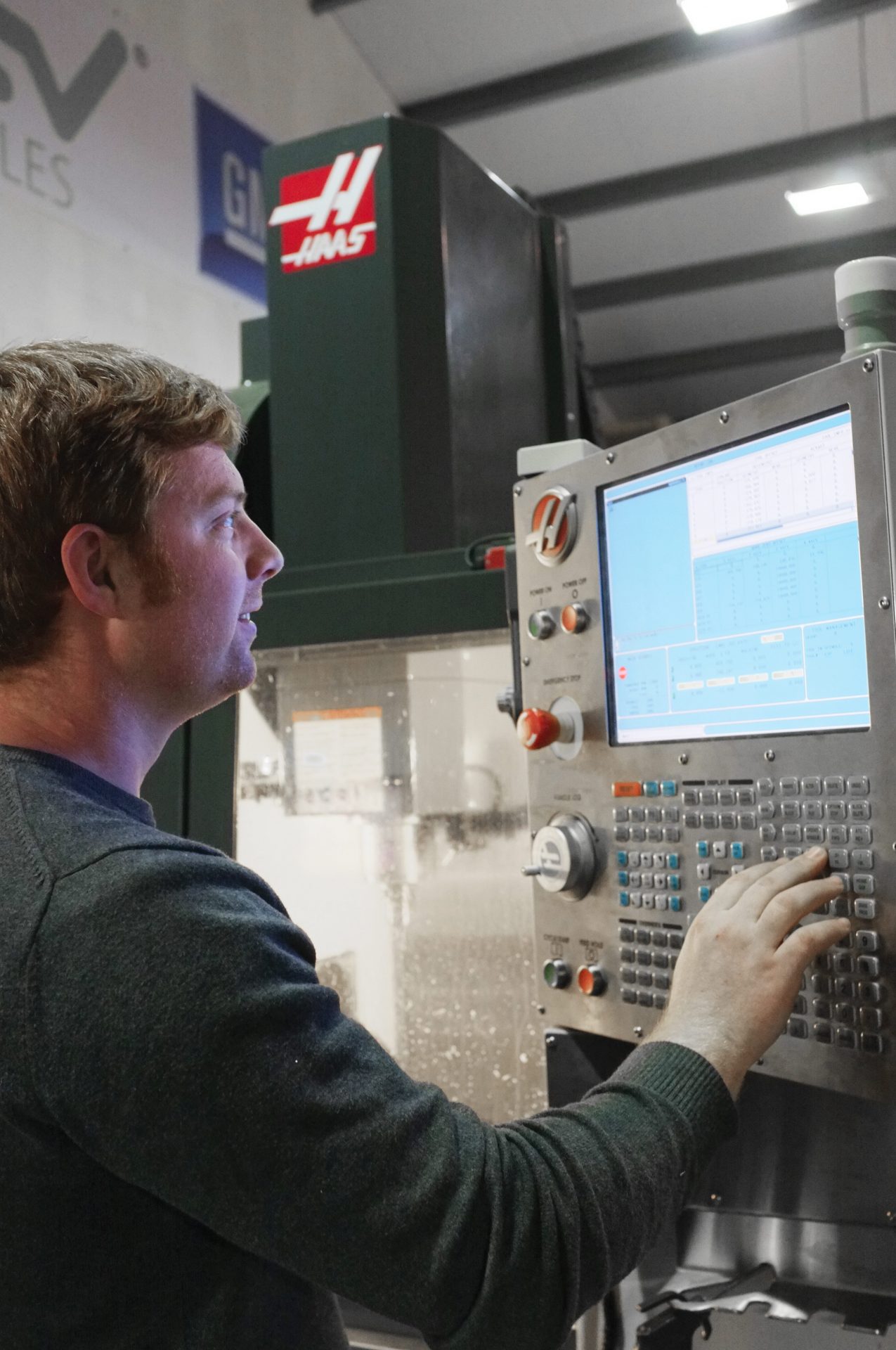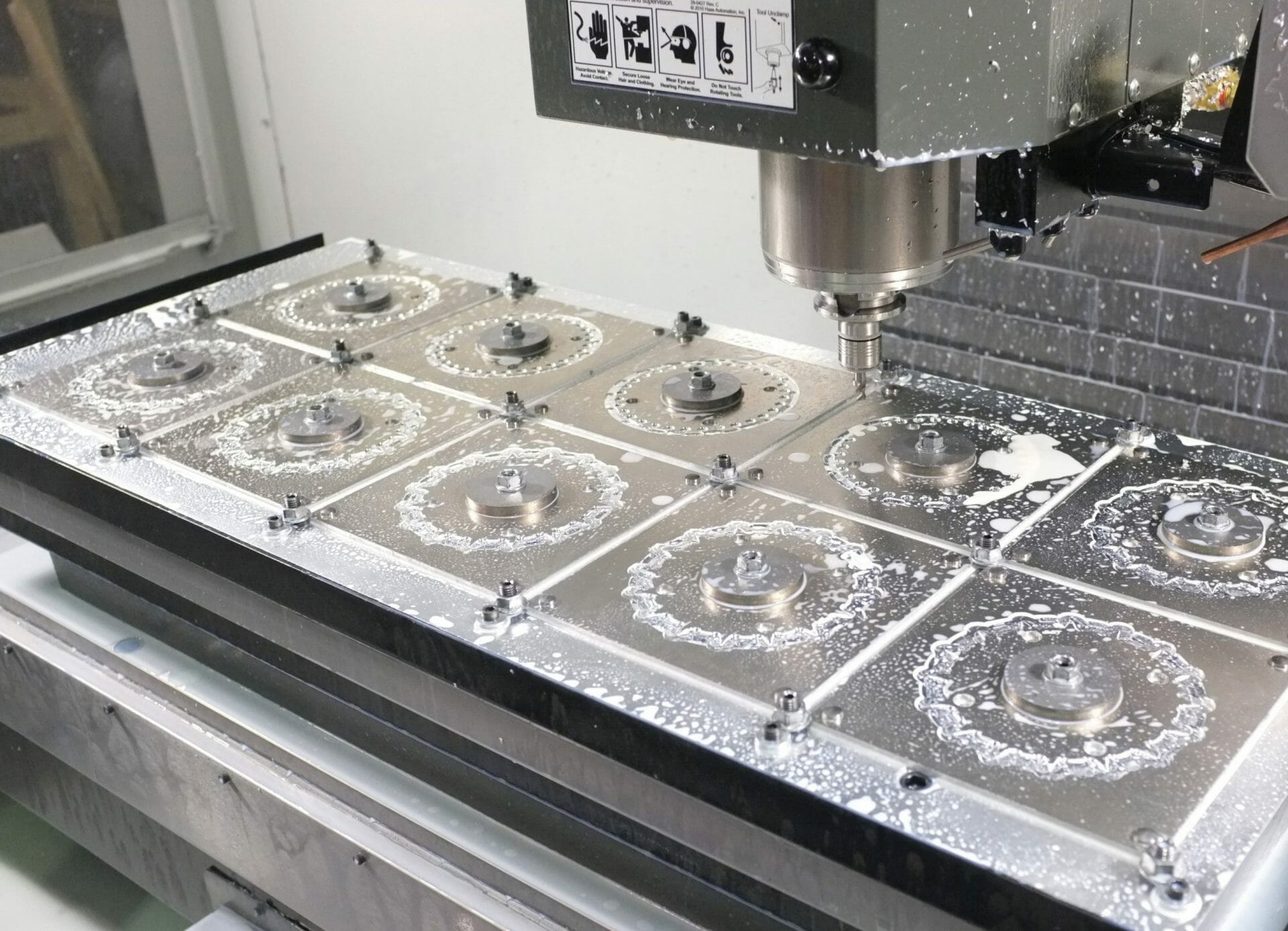Superstar Components - Beating the Far East
When Lincoln based Superstar Components Ltd. was founded the idea was simple – cut out the middleman and sell online to consumers with quality and prices that were previously unheard of. This proved to be extremely successful and led to an ever-increasing customer base and product range, with affordable chainrings, disc brake pads and a selection of flat pedals as standout products.
Neil Wilkinson, company owner, says, “We were buying a large proportion of our products from Taiwan, and whilst the quality and prices were fine, lead times were continually increasing. It wasn’t unheard of for us to wait four or five months for delivery. Not only that, but when placing orders we were expected to invest in greater numbers.
“For example, if we offered a range of chainrings with 10 different tooth configurations and 10 different anodized colours, the minimum order from Taiwan was for 100 of each, so that’s 10,000 chainrings. When people order online they expect their item the next day, so we had to invest huge sums to keep our stock levels where we could meet demand. Rising costs and frustrating lead times made me consider the UK as a viable manufacturing location, so I employed the services of local sub-contractors.

“The quality of the parts was excellent, but pricing seemed to fluctuate depending on the machine shop’s workload.”
Superstar’s reputation for quality parts at affordable prices saw our customer base grow exponentially. I knew now was the time to invest in my own CNC machine. Our sub-contractor was a happy Haas user and always had good things to say about the machines and the service he got.
“Our first Haas was a VF-2SS vertical machining centre with a 12,000rpm spindle. I’d no real experience of CNC so the learning curve was quite steep, however with the help of HAAS training and support I was able to teach myself to program very quickly, and we were making parts a day or so after the machine was installed.”
Neil designs his components using Solidworks then enters the program directly into the Haas control using a USB memory stick.
“I love being able to call up any program I need from the list of hundreds on a USB stick in my pocket within seconds.”
Neil continues, “When we first started cutting our own design chainrings each one was taking around 20 minutes, but by altering code and tooling I soon got it down to 7 minutes per unit.

“I realised that the quantities of chainrings I was selling justified buying a VF-4SS with a pallet changer and through-spindle coolant. I can now produce chainrings in under two minutes.
“I know that the Taiwanese take more than 5 minutes to machine similar parts and that our quality levels are higher. Because I’ve managed to reduce my unit cost to something effective, I can sell more cheaply than Taiwan. In fact, I’m now supplying to several other cycling brands in the UK and 3 companies in Europe.
“The VF-4SS’ sole purpose is cutting chainrings and has very quickly paid for itself. The VF-2SS is now equipped with a HAAS 4-Axis rotary and is being used for other components and prototyping. I intend to buy more HAAS machines as and when the need arises. Why would anyone choose to buy a single ‘bells and whistles’ machine when they could have a row of 4 or 5 Haas machines working for them at the same price?
“Image is hugely important to the cycling fraternity, and it has to be said that the cachet of UK made parts is very appealing.
“My dream is to bring more and more manufacturing back to the UK. We have a glorious manufacturing past but we’re currently totally underrepresented in this area. Superstar Components has shown that it truly is possible to not only compete with, but beat the Far-East on quality, price, and especially important when you sell online, with fast lead times.”
“My dream is to bring more and more manufacturing back to the UK. We have a glorious manufacturing past but we’re currently totally underrepresented in this area. Superstar Components has shown that it truly is possible to not only compete with, but beat the Far-East on quality, price, and especially important when you sell online, with fast lead times.”
Neil Wilkinson




